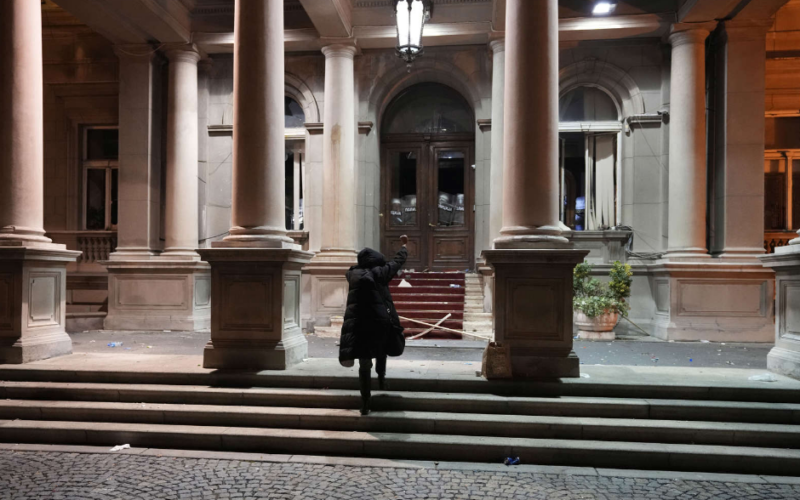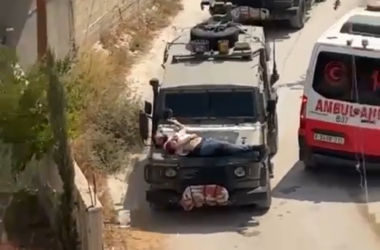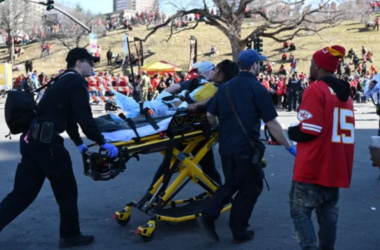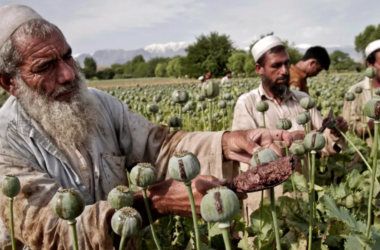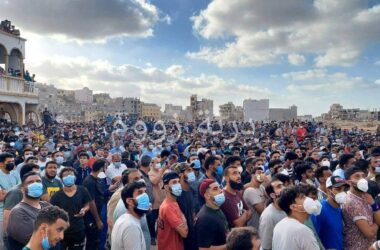In a tense and charged atmosphere, Serbian police resorted to the use of tear gas as thousands took to the streets to protest what they perceive as “unfair” elections. The demonstrations, fueled by claims of electoral irregularities, have sparked widespread discontent and raised questions about the democratic processes in the country.
The protest, which unfolded against the backdrop of contentious election results, underscores the deep-seated concerns among citizens regarding the transparency and fairness of the electoral system. As frustrations boiled over, the use of tear gas by law enforcement marked a significant escalation in the standoff between protesters and authorities.
The core grievance driving the protests revolves around allegations of unfairness and impropriety in the electoral process. Demonstrators, representing a cross-section of Serbian society, have expressed dissatisfaction with the perceived manipulation of election outcomes, raising fundamental questions about the integrity of the democratic framework.
The deployment of tear gas by the police serves as a stark visual representation of the heightened tensions and the authorities’ determination to maintain control. The use of such crowd-control measures also raises concerns about the potential for clashes between law enforcement and protesters, further emphasizing the gravity of the situation.
It is essential to contextualize the protests within the broader socio-political landscape of Serbia. The allegations of election irregularities come at a time when the country is grappling with various challenges, including economic uncertainties, concerns about media freedom, and a complex geopolitical environment. Against this backdrop, the public outcry reflects a broader sentiment of discontent and a call for greater accountability within the political system.
In the realm of responsible journalism, it is crucial to acknowledge the complexity of the situation and provide a balanced view of the events. While the protests signal a collective dissatisfaction with the electoral process, it is essential to consider multiple perspectives, including official statements and responses from relevant authorities, to present a comprehensive understanding of the unfolding events.
The use of tear gas as a crowd-dispersal method also raises questions about the balance between the right to peaceful assembly and the maintenance of public order. In democratic societies, the ability of citizens to express dissent through peaceful protests is a fundamental right, and any use of force by authorities warrants careful scrutiny.
As the protests in Serbia continue to evolve, the international community is likely to monitor the situation closely, with a keen interest in the adherence to democratic principles and the resolution of grievances through transparent and accountable processes. The events unfolding in Serbia have broader implications for the region and serve as a reminder of the ongoing challenges faced by emerging democracies.
In conclusion, the protests in Serbia, marked by the deployment of tear gas and allegations of election irregularities, underscore the complexities and challenges inherent in the democratic processes of the country. The unrest reflects a collective demand for accountability and transparency, and the response of authorities will play a pivotal role in shaping the trajectory of democratic governance in Serbia.




